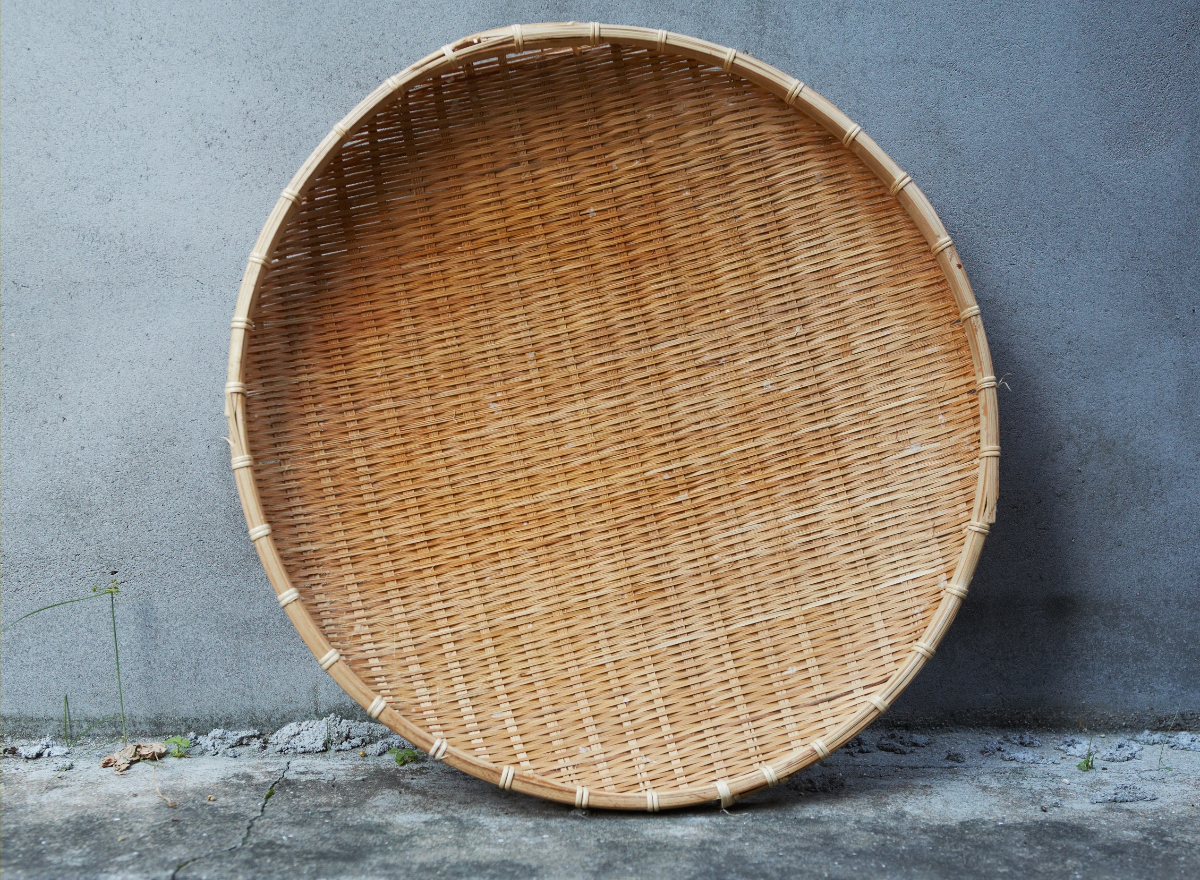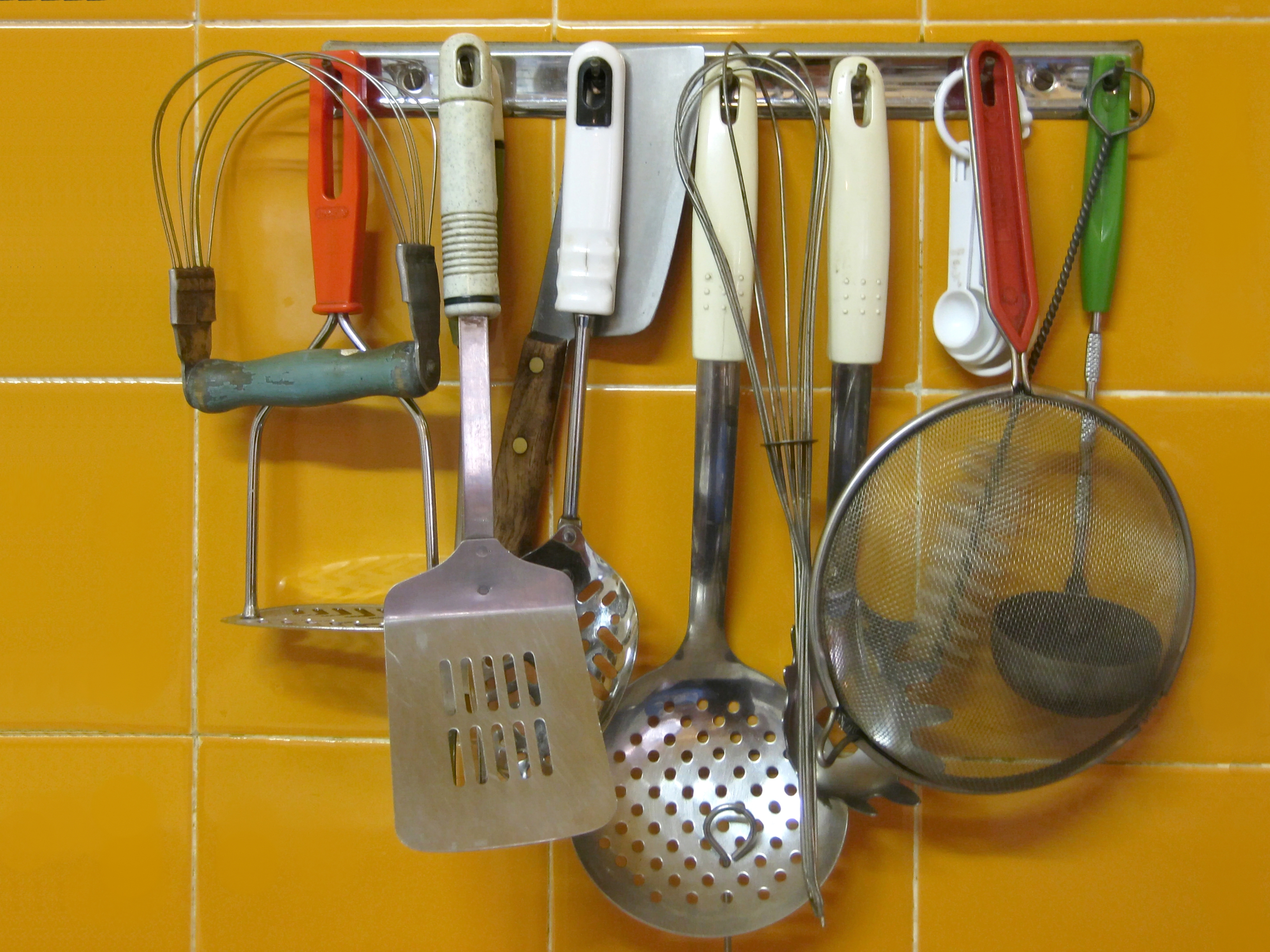|
Sokuri
''Sokuri'' (, ) is a round, rimmed woven basket made of finely-split bamboo. It is used for straining washed grains, drying vegetables, or draining fried food in Korea. It measures between 25 and 50 cm in diameter, and has a standing contour measuring some 4 cm. Gallery Persimmons and soybeans.jpg, Persimmons and soybeans on ''sokuri'' Dongtae-jeon.jpg, '' Dongtae- jeon'' on ''sokuri'' See also * Bamboo weaving * ''Wanchojang'' * ''Zaru A is generally a flat or shallow basket made from bamboo used in the preparation and presentation of Cuisine of Japan, Japanese cuisine. It also has variations made of plastic or metal similar to a strainer, sieve or colander. ''Zaru'' are air ...'' References Bamboo weaving Basket weaving Crafts Food storage containers Kitchenware Korean cuisine Korean food preparation utensils {{Kitchenware-stub ... [...More Info...] [...Related Items...] OR: [Wikipedia] [Google] [Baidu] |
Zaru
A is generally a flat or shallow basket made from bamboo used in the preparation and presentation of Cuisine of Japan, Japanese cuisine. It also has variations made of plastic or metal similar to a strainer, sieve or colander. ''Zaru'' are air dried after use to prevent the growth of bacteria or Fungus, fungi on the mat and extend their lifespan. However, drying in harsh sunlight can cause the bamboo of the ''zaru'' to crack. Reflecting the zaru's capacity to soak up liquid, this term is also used as slang for a person who can drink a lot of alcohol without showing signs of inebriation. File:Zaru.jpg, ''Zaru'' made from bamboo File:Seiro_soba_at_Takasho_in_Nezu,_Tokyo.jpg, ''Soba'' served on a ''zaru'' See also * List of Japanese cooking utensils * Chinois * Filter (chemistry), Filter * Sieve * Sokuri References External links * Japanese food preparation utensils {{cooking-tool-stub ... [...More Info...] [...Related Items...] OR: [Wikipedia] [Google] [Baidu] |
:Category:Korean Words And Phrases
{{see, wikt:Korean language Words A word is a basic element of language that carries meaning, can be used on its own, and is uninterruptible. Despite the fact that language speakers often have an intuitive grasp of what a word is, there is no consensus among linguists on its ... Words and phrases by language ... [...More Info...] [...Related Items...] OR: [Wikipedia] [Google] [Baidu] |
Kitchenware
:'' For a record label, see Kitchenware Records'' Kitchenware refers to the tools, utensils, appliances, dishes, and cookware used in food preparation and the serving of food. Kitchenware can also be used to hold or store food before or after preparation. Types Kitchenware encompasses a wide range of tools. Some of the most common items of kitchenware are: See also * Batterie de cuisine * Cookware and bakeware * Gastronorm, a European size standard for kitchenware * Eurobox, a European size standard for storage and transport * List of cooking vessels * List of eating utensils * List of food preparation utensils * List of glassware * List of Japanese cooking utensils * List of serving utensils * List of types of spoons * NSF International, formerly "National Sanitation Foundation" * Tableware Tableware items are the dishware and utensils used for setting a table, serving food, and dining. The term includes cutlery, glassware, serving dishes, serving ut ... [...More Info...] [...Related Items...] OR: [Wikipedia] [Google] [Baidu] |
Food Storage Containers
Food storage containers are widespread in use throughout the world and have probably been in use since the first human civilizations. History Early civilizations In early civilizations cereal grains such as maize, wheat, barley etc. were stored in large airy buildings, often raised up from the ground to reduce infestation by pests and vermin. Ancient Egyptian and early Hebrew writings include reference to such buildings and their successors can still be seen in use in less developed countries and regions. Smaller quantities of food were stored in baskets made from woven grasses or leaves and such designs have remained in use to the present day. In Afghanistan, rural farmers have for hundreds of years maintained a technique of storing fresh grapes in mud-straw containers called . In more recent times but prior to the invention of the refrigerator many food products were stored in the home as preserves or pickles, often in heat sealed jars such as Kilner jars Modern container ... [...More Info...] [...Related Items...] OR: [Wikipedia] [Google] [Baidu] |
Crafts
A craft or trade is a pastime or an occupation that requires particular skills and knowledge of skilled work. In a historical sense, particularly the Middle Ages and earlier, the term is usually applied to people occupied in small scale production of goods, or their maintenance, for example by tinkers. The traditional term ''craftsman'' is nowadays often replaced by ''artisan'' and by '' craftsperson''. Historically, the more specialized crafts with high-value products tended to concentrate in urban centers and their practitioners formed guilds. The skill required by their professions and the need to be permanently involved in the exchange of goods often demanded a higher level of education, and craftspeople were usually in a more privileged position than the peasantry in societal hierarchy. The households of artisans were not as self-sufficient as those of people engaged in agricultural work, and therefore had to rely on the exchange of goods. Some crafts, especially ... [...More Info...] [...Related Items...] OR: [Wikipedia] [Google] [Baidu] |
Wanchojang
() is the traditional Korean art of creating mats, baskets and boxes from woven Cyperaceae, sedge (), and is also the name given to master craftsmen of the art. History Sedge has been a common material for household goods in Korea since the Silla period (57 BCE – 935 CE). Despite the availability of the plant, which grows well in the waterlogged soil of rice paddies, sedge products were highly prized and were used as decoration in royal palaces and given as tribute to other nations. A sedge basket known as a was an important element of the traditional wedding rite, and royal sacrificial ceremonies in the Goryeo period employed sedge weaving as a religious sacrament. Construction The process of creating sedge products starts with the farming of the raw material. Sedge is planted in April and harvested only a few months later in the summer. The cut stalks are boiled, dried, soaked, and then dried again in a process that, after several repetitions, bleaches them to a shiny whit ... [...More Info...] [...Related Items...] OR: [Wikipedia] [Google] [Baidu] |
Bamboo Weaving
Bamboo weaving is a type of bambooworking in which two distinct sets of bamboo strips are interlaced at normally right angles to form an object. The longitudinal lengths of bamboo are called the Warp (weaving), warp and the lateral lengths are known as the weft (also known as 'woof', an archaic English (language), English word meaning "that which is woven"), or filling. The method in which these strips are woven affects the characteristics of the finished piece. Bamboo is typically hand-woven, with a number of bamboo weaving traditions having developed globally over time, particularly in Southeast Asia and East Asia, where bamboo suitable for weaving is particularly abundant. Types * Chinese bamboo weaving * Japanese bamboo weaving * Korean * Taiwanese bamboo weaving * Jaapi (Assam, India) * Olia (Odisha, India; grain storage basket) See also * , a Korean style of Cyperaceae, sedge weaving Notes References Bamboo weaving {{bamboo-stub ... [...More Info...] [...Related Items...] OR: [Wikipedia] [Google] [Baidu] |
Jeon (food)
''Jeon'' () is a fritter in Korean cuisine made by seasoning whole, sliced, or minced fish, meat, vegetables, etc., and coating them with wheat flour and egg wash before frying them in oil. ''Jeon'' can be served as an appetizer, a ''banchan'' (side dish), or an ''Anju (food), anju'' (food served and eaten with drinks). Some jeons are sweet desserts; one such variety is called ''hwajeon'' (literally "flower ''jeon''"). Names Although ''jeon'' can be considered a type of ''buchimgae'' in a wider sense, ''buchimgae'' and ''jeons'' are different dishes. ''Jeons'' are smaller and made with fewer ingredients than ''buchimgae''. ''Jeon'' can also be called ''jeonya'' (), especially in Korean royal court cuisine context. ''Jeonya'' is sometimes called ''jeonyueo'' () or ''jeonyuhwa'' (). The variety of jeon made for jesa (ancestral rite) are called ''gannap'' (). ''Gannap'' are usually made of liver (food), beef liver, omasum, or fish as food, fish. Types Almost all ''jeons'' ... [...More Info...] [...Related Items...] OR: [Wikipedia] [Google] [Baidu] |
Dongtae
Alaska pollock (''Gadus chalcogrammus''), a species of cod (''Gadus'') found in the North Pacific Ocean, is used as food globally. Compared with common pollock, Alaska pollock is milder in taste, whiter in color, and lower in oil content. Alaska pollock fillets are commonly packaged into block molds that are deep frozen and used throughout Europe and North America as raw material for high quality breaded and battered fish products. Portions cut from frozen Alaska pollock fillet blocks are the most common choice for fast food restaurant fish sandwiches, for example in the McDonald's Filet-O-Fish. Alaska pollock is also a common raw material used in the manufacture of surimi (fish paste). Alaska pollock is widely regarded as one of the best proteins for the manufacture of high quality surimi because of the high gel strength of its flesh. History Pollock has been consumed in Korea since the Joseon era (1392–1897). One of its earliest mentions is in the 1652 '' Diary of the ... [...More Info...] [...Related Items...] OR: [Wikipedia] [Google] [Baidu] |
Soybean
The soybean, soy bean, or soya bean (''Glycine max'') is a species of legume native to East Asia, widely grown for its edible bean. Soy is a staple crop, the world's most grown legume, and an important animal feed. Soy is a key source of food, useful both for its protein and oil content. Soybean oil is widely used in cooking, as well as in industry. Traditional unfermented food uses of soybeans include edamame, as well as soy milk, from which tofu and tofu skin are made. Fermented soy foods include soy sauce, fermented bean paste, nattō, and tempeh. Fat-free (defatted) soybean meal is a significant and cheap source of protein for animal feeds and many packaged meals. For example, soybean products, such as textured vegetable protein (TVP), are ingredients in many meat and dairy substitutes. Soy based foods are traditionally associated with East Asian cuisines, and still constitute a major part of East Asian diets, but processed soy products are increasingly used ... [...More Info...] [...Related Items...] OR: [Wikipedia] [Google] [Baidu] |
Persimmon
The persimmon () is the edible fruit of a number of species of trees in the genus '' Diospyros''. The most widely cultivated of these is the Chinese and Japanese kaki persimmon, ''Diospyros kaki''. In 2022, China produced 77% of the world's persimmons. Description Like the tomato, the persimmon is not a berry in the general culinary sense, but its morphology as a single fleshy fruit derived from the ovary of a single flower means it is a berry in the botanical sense. The tree ''Diospyros kaki'' is the most widely cultivated species of persimmon. Typically the tree reaches in height and is round-topped. It usually stands erect, but sometimes can be crooked or have a willowy appearance. The leaves are long, and are oblong in shape with brown-hairy petioles in length. They are leathery and glossy on the upper surface, brown and silky underneath. The leaves are deciduous and bluish-green in color. In autumn, they turn to yellow, orange, or red. Persimmon trees are typica ... [...More Info...] [...Related Items...] OR: [Wikipedia] [Google] [Baidu] |



